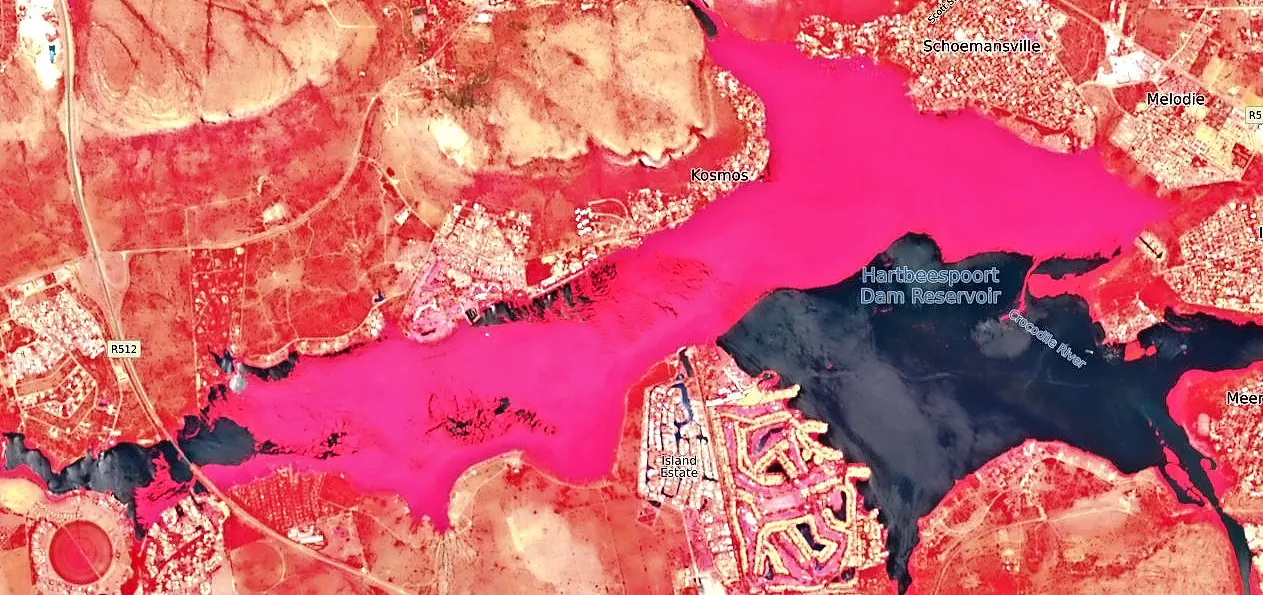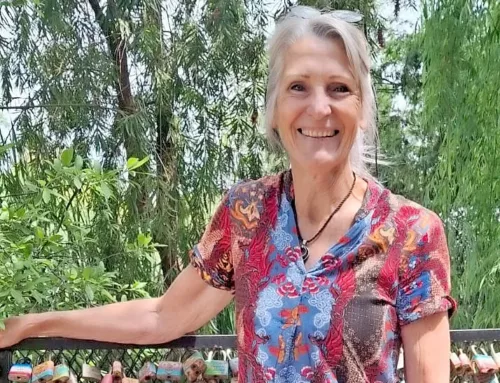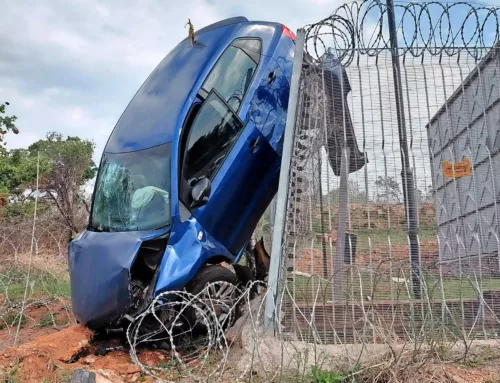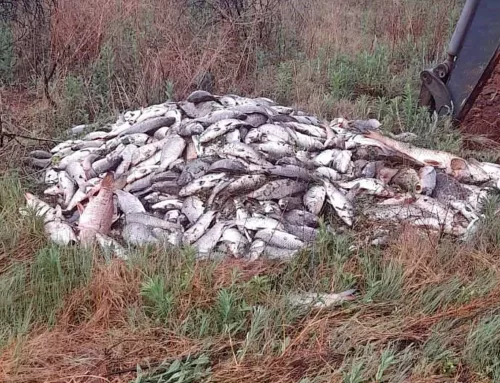Big concern over hyacinth
Hyacinth currently covers approximately 60% of Hartbeespoort Dam, and many have expressed concern that the invasive plant might cover the dam completely by December.

Coverage is estimated at 60%.
John Wesson from the Wildlife Society of South Africa (WESSA) told Kormorant that taking the growth rate into consideration, 100% coverage is possible in four weeks if drastic steps are not taken immediately. “The hyacinth mass is very dense, and with salvinia among the plants, it is feared that by then the wind won’t be able to move it. Our opinion is that the situation is worse than last year, and the only option is to spray herbicides.”
The Centre for Biological Control (CBC) of Rhodes University, which is responsible for the biological control of hyacinth, disagrees. “Cover will never reach 100%. The images can be concerning as the hyacinth moves around so much. But when compacted, it looks much less. The problem over the last month has been the drop and then a rise in water levels. When it was low, seeds sitting in deeper soil germinated. With the rise in water levels, the seeds higher up also germinated. Coupled with the preferred climate (rain and humidity) and influx of nutrients from upstream, daughter plants would also have sprouted. So it has been a perfect storm. The Magalies Water team is doing a really good job at working with the different stakeholders, and everyone is meeting their targets, I believe. Biocontrol always lags slightly as the plants explode, but the agents will catch up and start to stress the plants. This follows a similar trend every year, other than the water level impact,” she said.
“Herbicides would bring their own can of worms. It was done for many, many years, and today is the result. Biocontrol limits flowering, which is the best possible outcome for the dam. Every year, the seedbank is being depleted and not added to.”
During a stakeholder meeting this week, Magalies Water, appointed by the Department of DWS as implementing agent in the Hartbeespoort Remediation Project, said that manual removal will be increased. Hya Matla, the company appointed to manually remove hyacinth, currently only has one harvester and one excavator. According to Magalies Water’s project leader Kefilwe Nduli, an additional two of each will be operational in November. Labour hours will also be increased. She told the meeting that water tests are done at 18 points on the dam monthly.
She said the ‘block and harvest’ method, where hyacinth is captured with booms, is experiencing problems as vandals cut the ropes and the captured hyacinth floats away.
Upon a question whether sectional spraying with herbicides is possible, Nduli said it was not an option.














